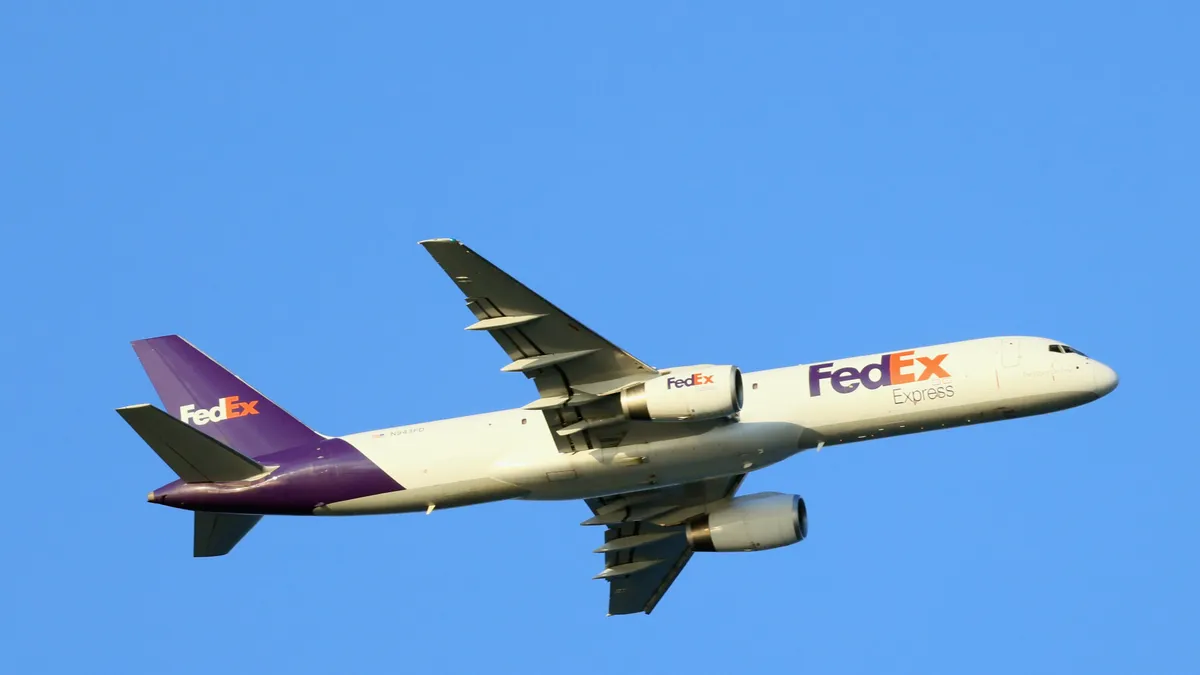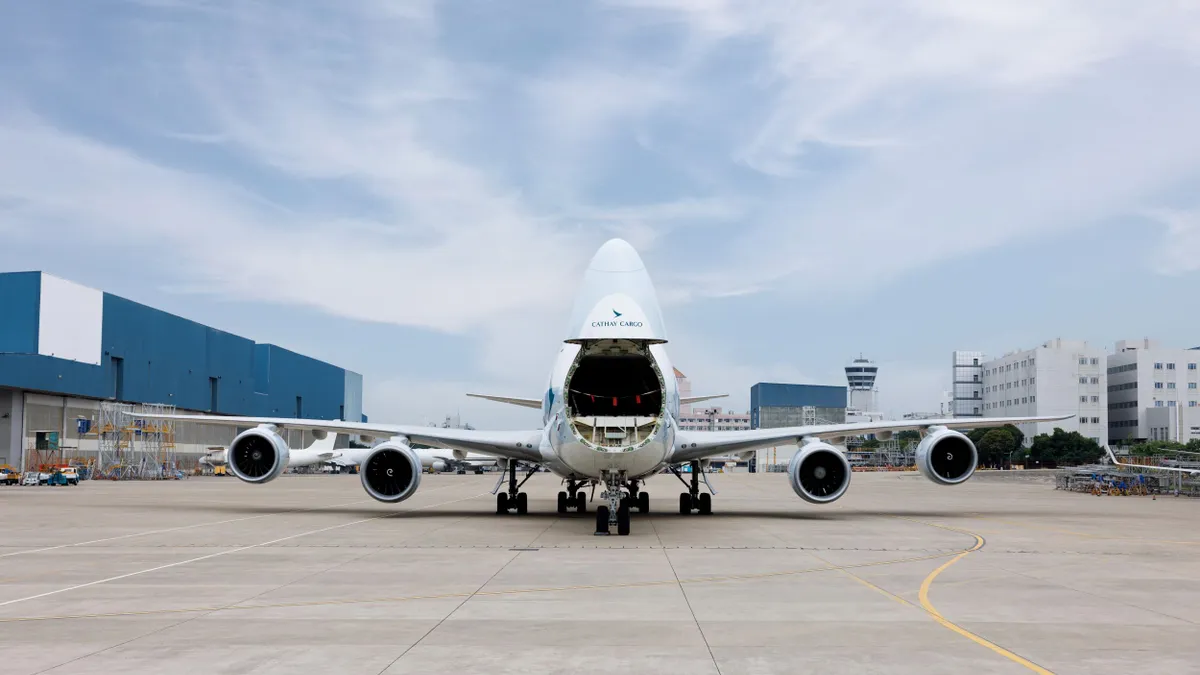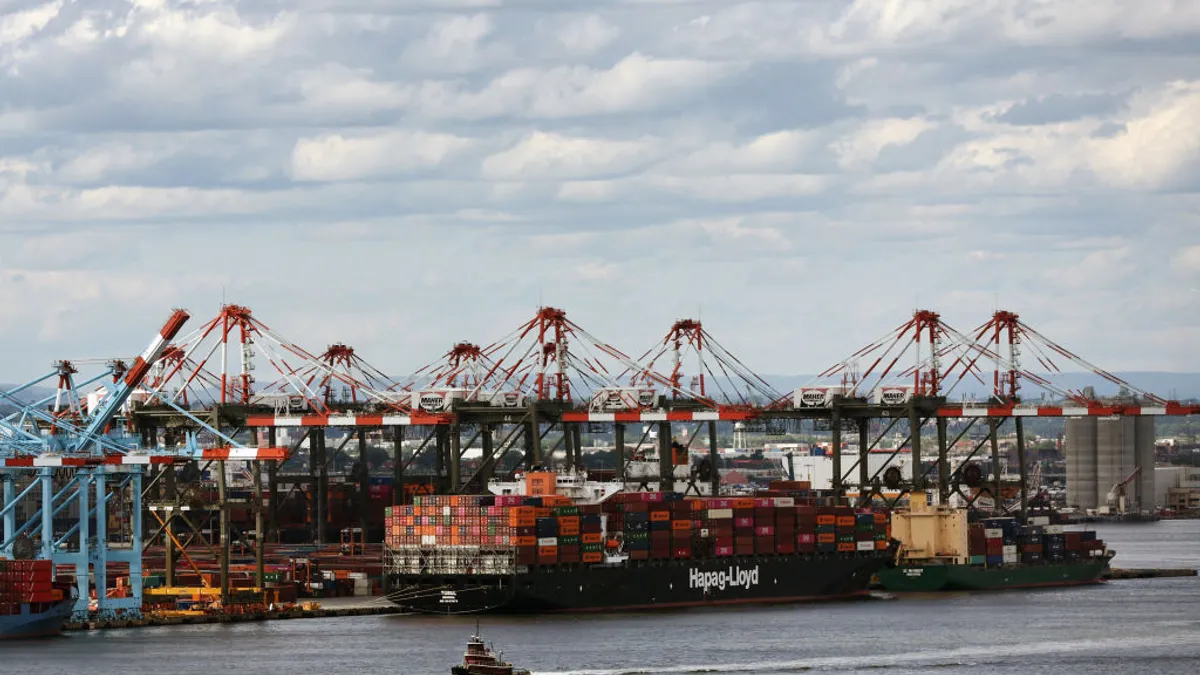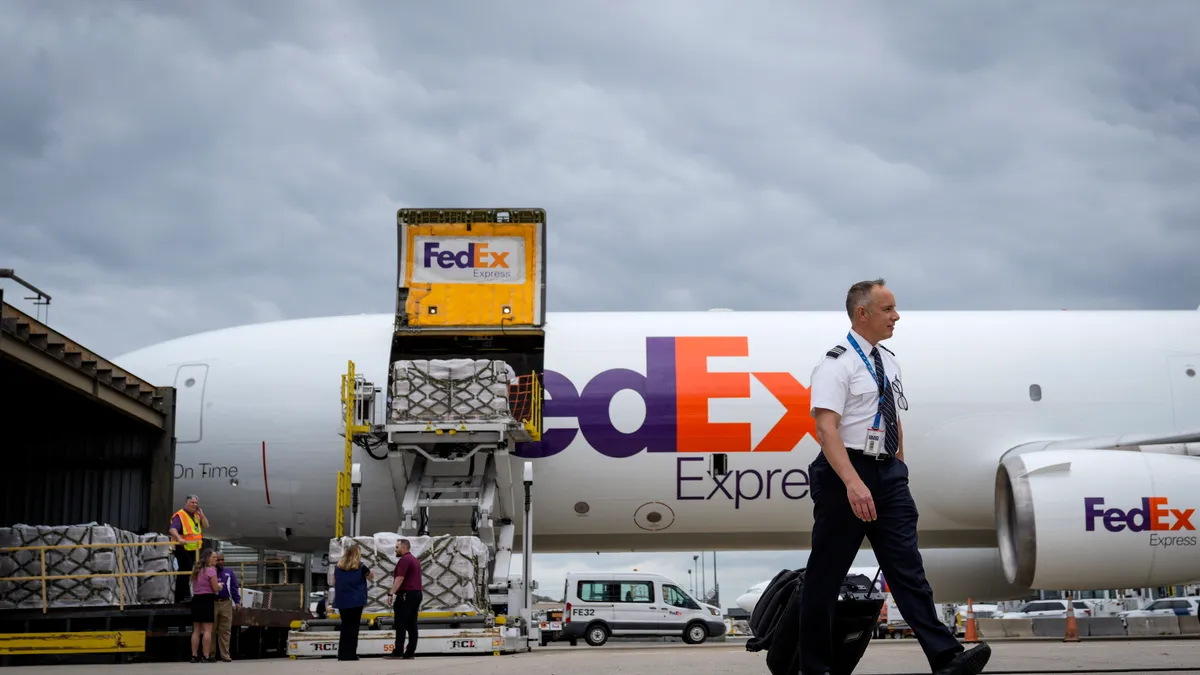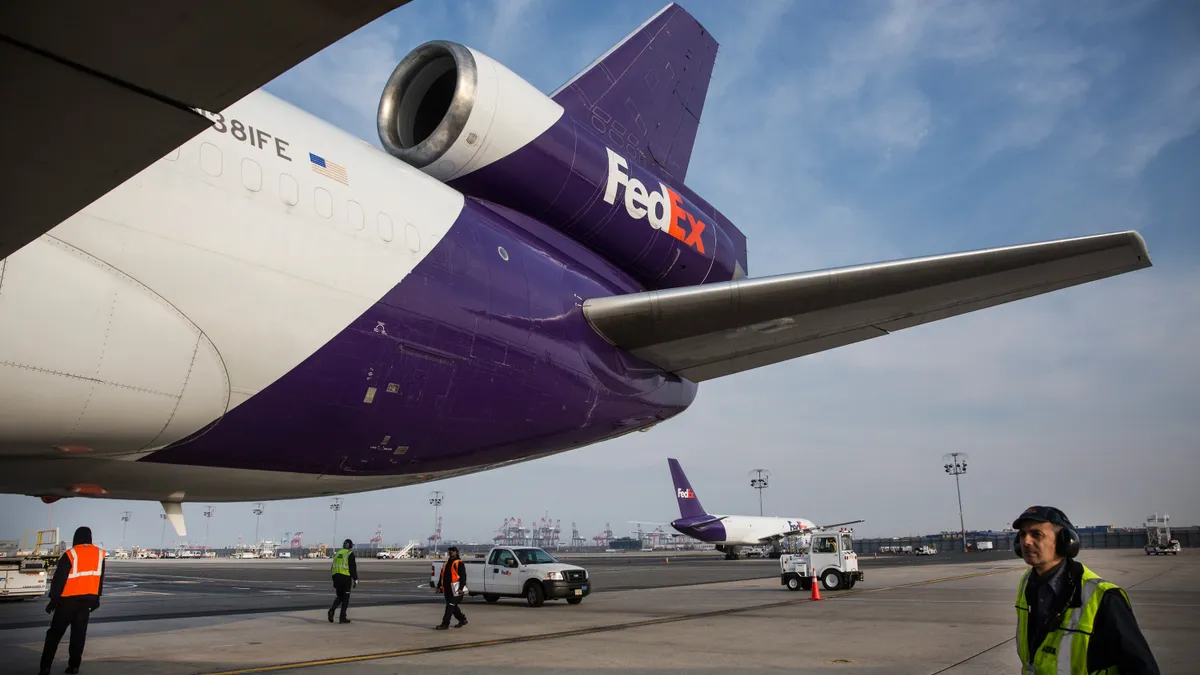This is a contributed op-ed written by Tony Pelli, practice director of security and resilience at BSI. Opinions are the author's own.
The arrival and distribution of a COVID-19 vaccine will not be that dissimilar to a new smartphone launch: A significant event that is marked by limited supply with increased product demand, potentially creating a gray market for supplies, particularly in countries with high rates of cargo theft.
This kind of large-scale, near-simultaneous delivery of a new product will strain demand for specialized transportation resources, such as refrigerated air and truck cargo carriers, which are already in relatively short supply. The 2020 coronavirus outbreak around the world highlighted the fragility of global supply chains, underscoring how the failure of one link in the chain has the potential to cause extensive disruptions throughout.
This burst of activity and demand, once vaccine producers are ready to ship, will create openings for providers of transportation and warehouse facilities that may have poor security practices. The rush to market with large quantities of the inoculation will make it difficult for manufacturers to vet all their suppliers.
A COVID-19 vaccine will be targeted
Regrettably, the vaccine is likely to be heavily targeted for theft for a few reasons. First, there will likely not be enough supply in the early stages of distribution. Second, the substance will be ultra-high-profile.
That hunger means there will be a black market ready in countries that may be getting later vaccine distribution, or in places where the vaccine is likely to be more expensive or desired by populations (like nonessential workers) designated as lower-priority to receive vaccines.
We know that these black and gray markets — facilitated by fake wholesalers and organized theft rings — already exist for oncology, arthritis and other drugs that don’t seem like obvious targets. So, they will likely exist for a COVID-19 vaccine.
The rush to market with large quantities of the inoculation will make it difficult for manufacturers to vet all their suppliers.

With shortages also come an ongoing risk of counterfeiting, contamination, other quality issues, price-gouging and the targeting of such products by thieves.
Countries that already undergo high levels of pharmaceutical theft — like Brazil, Mexico, India, Italy, Russia and, potentially, the U.S. (especially for last-mile deliveries) — are likely to see the most targeting of the vaccine for theft, because criminal distribution networks are often more sophisticated.
What’s the solution?
The solution is to fully map and vet the supply chain from end to end. Distributors should track every lane where the vaccine is likely to transit, from the manufacturer down to last-mile delivery. They must focus on areas that are prone to higher risk, such as over-the-road truck transportation and, in particular, last-mile conveyance.
It must be ensured that last-mile and other carriers have effective route mapping, risk assessment and training in place for their drivers.
Companies hired for warehousing and distribution should have effective systems for controlling, tracking and monitoring their inventory, along with ways to flag suspicious order patterns or buyers. They are urged to compartmentalize information on inventory, so it is only shared with those people who need to know. Warehousing and distribution companies should have robust internal audit protocols in place for this, just as they would for drugs controlled by the U.S. Drug Enforcement Administration.
For air transport of the vaccine, the International Air Transport Association in early September urged governments to begin careful planning immediately with industry stakeholders to ensure preparedness when vaccines for COVID-19 are approved and available for distribution. The association also warned of potentially severe capacity constraints for transporting vaccines by air.
Throughout these supply chains, distributors and transport firms should think about how to maintain two or more sets of eyes on the product at all times.

“Safely delivering COVID-19 vaccines will be the mission of the century for the global air cargo industry. But it won’t happen without careful advance planning. We urge governments to take the lead in facilitating cooperation across the logistics chain so that the facilities, security arrangements and border processes are ready for the mammoth and complex task ahead,” IATA Director General and CEO Alexandre de Juniac said.
Fortunately, there are ways for supply chain management personnel handling coronavirus vaccination transport to quickly scale their supplier assessment and intelligence gathering efforts, since short timeframes may hamper a true in-depth risk assessment or use of expensive mitigation technologies for every supplier or site.
Preparing for diversion and theft
To prepare for this monumental undertaking coming soon, manufacturers and distributors need to understand exactly what each transportation partner is doing for security. For example, do they have anti-theft and tracking technology installed on their vehicles? Do they have monitoring and response protocols for these technologies? Are they vetting their own employees?
Diversion often happens through over-ordering and selling on the side, purposefully miscounting quantities and similar deceits. Throughout these supply chains, distributors and transport firms should think about how to maintain two or more sets of eyes on the product at all times.
This is done for controlled drugs: Two people are needed to sign off on any movement of the product; two are present during movement of the product; verification by a second person is required to open the trailer. To the extent possible, distributors and their trucking firms need to make sure that no one person is in control of the product at any one time.
If your company is involved with storage and transit of the coronavirus vaccine, it is imperative to ask these questions:
- How exposed is your company to supply chain interruptions?
- Are your suppliers experienced at transporting highly secured goods or loads that are perishable in a short period of time?
- Are your operations sensitive to cost, making your supply chain oriented toward cutting expenses?
- Have you thoroughly vetted all parts of the supply chain against an internationally-recognized standard, such as the Transported Asset Protection Association's trucking security requirements and facility security requirements?
- Have you vetted all suppliers for their inventory-management and internal-audit practices, to ensure that all shortages and overages are investigated throughout the supply chain?
- Have you gathered as much information as possible about all of your suppliers, including any subcontractors and last mile transportation providers?
- Have you worked with your suppliers to develop strict notification protocols in cases where there is suspected or confirmed tampering with shipments or product diversion, including notification to law enforcement?
All these factors will influence the types of activities a company being considered for sensitive transport should undertake to mitigate risks.
As mentioned above, theft risk is typically greatest while shipments are in transit during the over-the-road portions of the supply chain. To reduce the risk of in-transit truck theft, vaccine producers should consider the following in-transit security measures:
- Track assets in transit using GPS devices.
- Maintain contact with drivers during the entire duration of the trip.
- Establish protocols for reacting quickly when an incident occurs or if vehicles are forced to make unplanned stops.
- Avoid unauthorized or unplanned stops, and conduct risk assessments to determine approved stop locations.
- Utilize available in-transit security measures on the trucks themselves, such as vehicle kill-switches or doors that can only be opened by a remote monitoring center.







